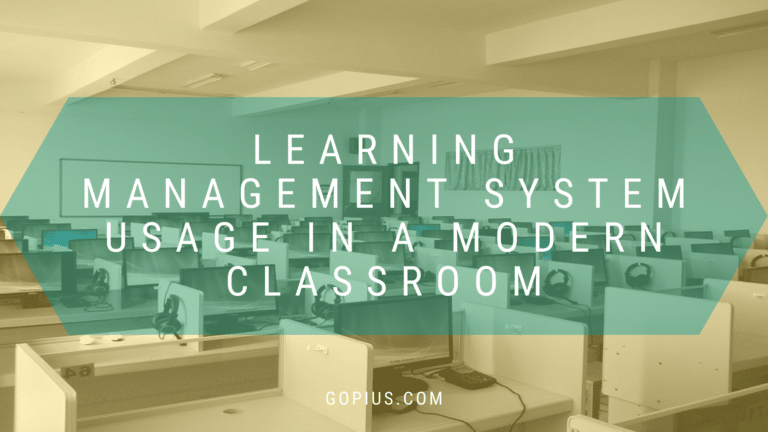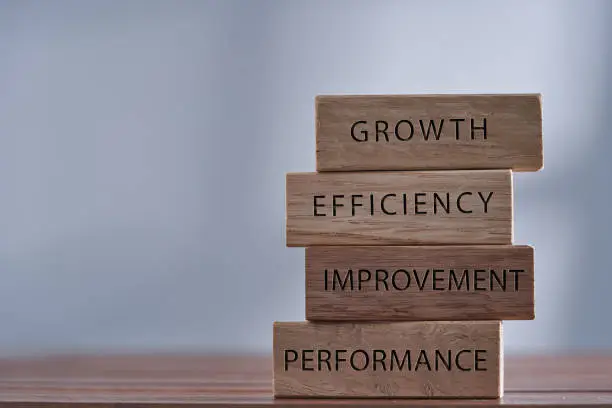Creating E-Learning Courses: What Makes The Course Development Process Successful

E-learning is a powerful approach for creating e-learning courses that are user-friendly and engaging. It’s also one of the most misunderstood and underappreciated aspects of virtual learning. While it can be challenging to understand how exactly e-learning works, there are some simple steps you can take to make your e-learning experience successful.
It’s not as hard as you think! Let’s take a look at what you need to do if you want your e-learning experience to be successful.
Also read: 7 Tips to Reduce Cognitive overload for Learners
What is E-Learning?
E-learning is a method of instruction that uses formalized teaching combined with electronic resources. While instruction may take place in or outside of the classroom, the use of computers and the Internet constitutes the bulk of e-learning.
In order to give education to many recipients simultaneously or at different times, e-learning is also known as a network-enabled transfer of skills and knowledge. It wasn’t initially fully embraced because it was thought that this method lacked the human component necessary for learning.
But with the quick development of technology and the improvement of learning methods, it is now accepted by the majority. The foundation of this revolution was the invention of computers, and as time goes on and we get dependent on smartphones, tablets, etc., these gadgets now play a significant role in the learning environment in schools.
Books are progressively being supplanted by electronic learning tools like optical discs or pen drives. Also available 24/7, everywhere in the world, is the Internet, which may be used to disseminate knowledge.
Define and Understand Your E-Learning Objectives
E-learning is a method to help your business learn new skills. It’s not just a method to get your customers to purchase your goods and services. It’s also a method to help your business grow. And, it’s easy to forget about when you’re working on a project-driven e-learning courses. But, it’s not the same as creating a one-off course.
You need to create e-learning objectives that outline your e-learning objectives and provide the foundation for your course. You can use a definition of e-learning as one of the most important things you can do to make your e-learning experience successful. A definition might be one of the following:
- Facilitate
- Make tools and resources accessible to students
- Provide instructions and help with course-related tasks
- Set objectives
- Be an inspiration
- Be a positive role model
- Be a source of inspiration for your classmates
Have a Defined User Group
E-learning classes are targeted at specific audiences. Having a clear set of objectives will help you focus on the good stuff and prevent confused or frightened students from interrupting your learning. The best e-learning sessions are those that have clear, detailed objectives. It is important to have a clear set of objectives so that you know what your students are supposed to do. You can’t just walk in and start doing something else. There is no such thing as an unstructured course. The concepts are there because of us, not against us.
Is the Content Relevant to my User Group?
E-Learning is different from traditional education in that it is designed to expand the horizons of each generation. And, it is not only for the young people who want to expand their horizons. It is also for people of all generations. It’s for people who want a more global view of the world since the ‘virtual’ does not exist in a physical form.
What are you trying to accomplish with your e-learning program? What does your product or service offer that users would want to complete? It is important to know your target audience since there are opportunities to target different demographics with your e-learning courses.
Is the Product or Service Offered Easy to Implement?
Easy to implement is a keyword. Even though it may seem like a no-brainer to implement e-learning at a local level, it’s pretty challenging. Many challenges come with building an e-learning system. The biggest challenge is figuring out which students will be interested in your product or service. You’ll also need to decide who the target audience is since there are opportunities to target different audiences with your e-learning course.
Are There Benefits for my User Group?
Many benefits come with being a part of an e-learning course. They may include:
- Greater productivity and efficiency
- Lower overall learning costs
- Greater retention
- More satisfied students
- Understanding why people do what they do
- More effective use of tools and materials
- Better retention rates
- Ease of implementation
- Fewer implementation issues
- Lower overall costs
- Greater retention rates
Will Users Complete Training Requests More Often than Not?
It’s always a good idea to ask your students if they plan to complete a particular training. Make it a point to ask them if they expect to be able to complete a certain task or if they have a question about the product or service. Discuss it with your students in a way that they can understand, and ask them if they are willing to accept an answer if they don’t know the answer.
This doesn’t mean that they need to assume a certain responsibility or that they need to assume a certain role in the course. It just means that they need to ask and ask nicely.
How to Plan Your E-learning Courses
The process of creating e-learning courses starts with the definition of your goals and the initial setup. You’ll have to decide what your core e-learning objectives are and outline how you’ll achieve those goals. You’ll need to choose a project-driven approach since there are opportunities to target different audiences with your e-learning programs.
You’ll also need to decide what your user group is since there are opportunities to target different demographics with your e-learning programs. Many challenges come with creating e-learning courses, but the biggest challenge is figuring out which students are interested in your product or service. You’ll also need to decide who the target audience is since there are opportunities to target different audiences with your e-learning courses.
Conclusion
E-learning is a powerful approach for creating e-learning courses that are user-friendly and engaging. It’s also one of the most misunderstood and underappreciated aspects of virtual learning. While it can be challenging to understand how exactly e-learning works, there are some simple steps you can take to make your e-learning experience successful.
It’s not as hard as you think! Let’s take a look at what you need to do if you want your e-learning experience to be successful.






